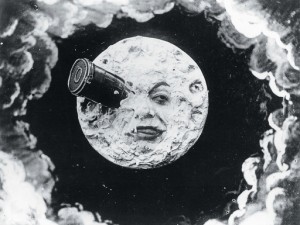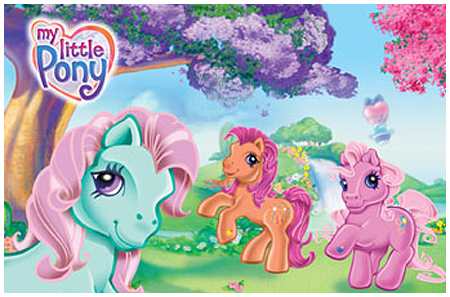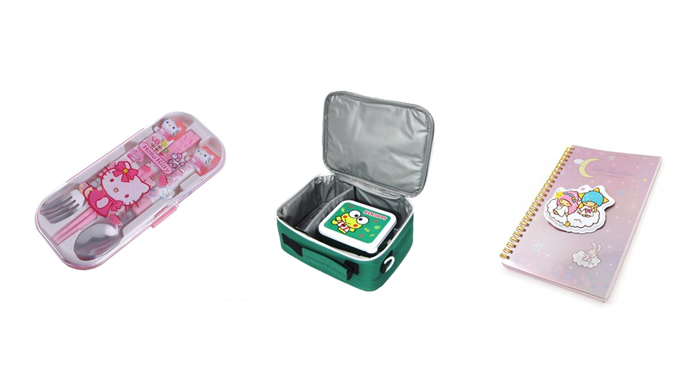G.I. Faux
In the 1986 G.I. Joe cartoon episode, “Computer Complications”, the Joes and Cobras are at their ‘good vs. evil’ antics again. In this particular program-length commercial, both regimes are after a radioactive stash of antimatter located at the bottom of the ocean. The antimatter is so dangerous that the Joes have to send in robot submarines to recover the radioactive substance but not before Cobra orders a strike to dismantle the operation and intercept the antimatter for himself. While many battles ensue at the Joe’s ocean platform base, Cobra and his entourage of baddies try to invade the Joe’s home base to reprogram the submarines. Zarana, Cobra’s stealth and tech specialist, goes undercover as a sexy cadet who seduces and subdues the head of top secret operations for the Joes, Mainframe.
The creation and success of the G.I. Joe PLC through the 1980’s was in great part due to the success of the futuristic Star Wars trilogy from which G.I. borrowed ideas of weapons, space-tech, and most importantly the transcendence of the good vs. evil genre condensing it into a 30 minute cartoon. Drawing upon Gary Cross’s concerns with children and their fantasy play worlds, G.I. Joe: Great American Hero offered very little other than the notion of “good vs. evil”. In fact, the show ended up in stalemates so often that it was hard to tell the difference between the two Cobras and the Joes. Cross adds that “because it was so unrealistic, it was not to take seriously” (298). The narrative of this PLC coincides with Cross’s idea that when kids take home these action figures and their miniature laser canons instead of toy guns modeled after government issued military equipment, they are disconnecting the “national narrative” of war play. The result: parents ended up ignoring their children’s war play and because it was so appealing, the parents of two thirds of American children between the ages of five and eleven ended up ignoring their children’s play in general.
http://www.youtube.com/watch?v=8E45UHF7kfM&feature=related









